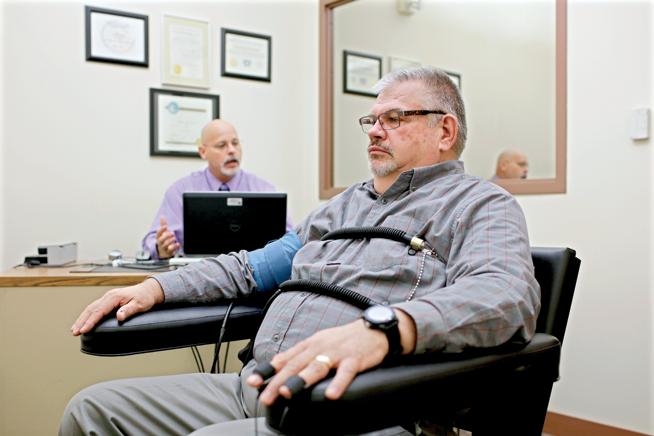The Truth Unveiled: Inside the World of Lie Detector Tests
The Truth Unveiled: Inside the World of Lie Detector Tests
Blog Article

Welcome to the intriguing world of lie detector tests. Embarking on a quest for truth, lie detector tests have long fascinated us with their ability to delve into the realm of deception. At the core of this investigative process lies the intricate mechanism of the polygraph machine, poised to unravel the enigma concealed within human deceit. As we navigate through the complex landscape of veracity and falsehood, the lie detector test emerges as a powerful tool that aims to uncover hidden truths and illuminate the murky depths of deception.
History of Lie Detector Tests
Lie detector tests have a long and fascinating history, dating back to the early 20th century. The first polygraph machine was invented by John Augustus Larson in 1921. Larson's invention paved the way for the modern polygraph tests used today.
The initial lie detector tests were based on the theory that physiological responses such as heart rate, blood pressure, and respiration can indicate when a person is being deceptive. Over the years, advancements in technology have made lie detectors more accurate and reliable in detecting signs of deceit.
Despite their widespread use in various fields such as law enforcement and employment screenings, lie detector tests have always been a topic of debate. Critics argue that these tests are not foolproof and can be influenced by factors such as anxiety or nervousness, leading to false results.
How Lie Detector Tests Work
Lie detector tests, also known as polygraph tests, operate based on the principle that physiological responses can indicate when someone is not telling the truth. These tests measure various physiological indicators such as heart rate, blood pressure, respiration, and skin conductivity to detect changes that may reveal dishonesty.
During a lie detector test, the individual undergoing examination is connected to sensors that monitor their physiological responses. The examiner asks a series of questions, including control questions that establish baseline responses, relevant questions about the specific issue being investigated, and comparison questions that provoke stronger emotional reactions.
As the individual answers the questions, the lie detector machine records their physiological responses. Any significant deviations from the baseline responses could indicate deception. Experienced examiners analyze the data collected during the test to determine the likelihood of truthfulness in the individual's responses.
Polygraph
Controversies Surrounding Lie Detector Tests
One major controversy surrounding lie detector tests is their accuracy. Critics argue that these tests are not foolproof and can be influenced by various factors, such as the individual's state of mind, medications they may be taking, or even their cultural background.
Another point of contention is the legality of using lie detector tests in certain situations. While some jurisdictions allow these tests to be used in employment screenings or criminal investigations, others prohibit their use due to concerns about privacy, reliability, and potential false outcomes.
Furthermore, there are ethical concerns related to the use of lie detector tests. Critics argue that relying on these tests to determine a person's truthfulness can infringe on their rights and lead to unfair treatment based on flawed results.
Report this page